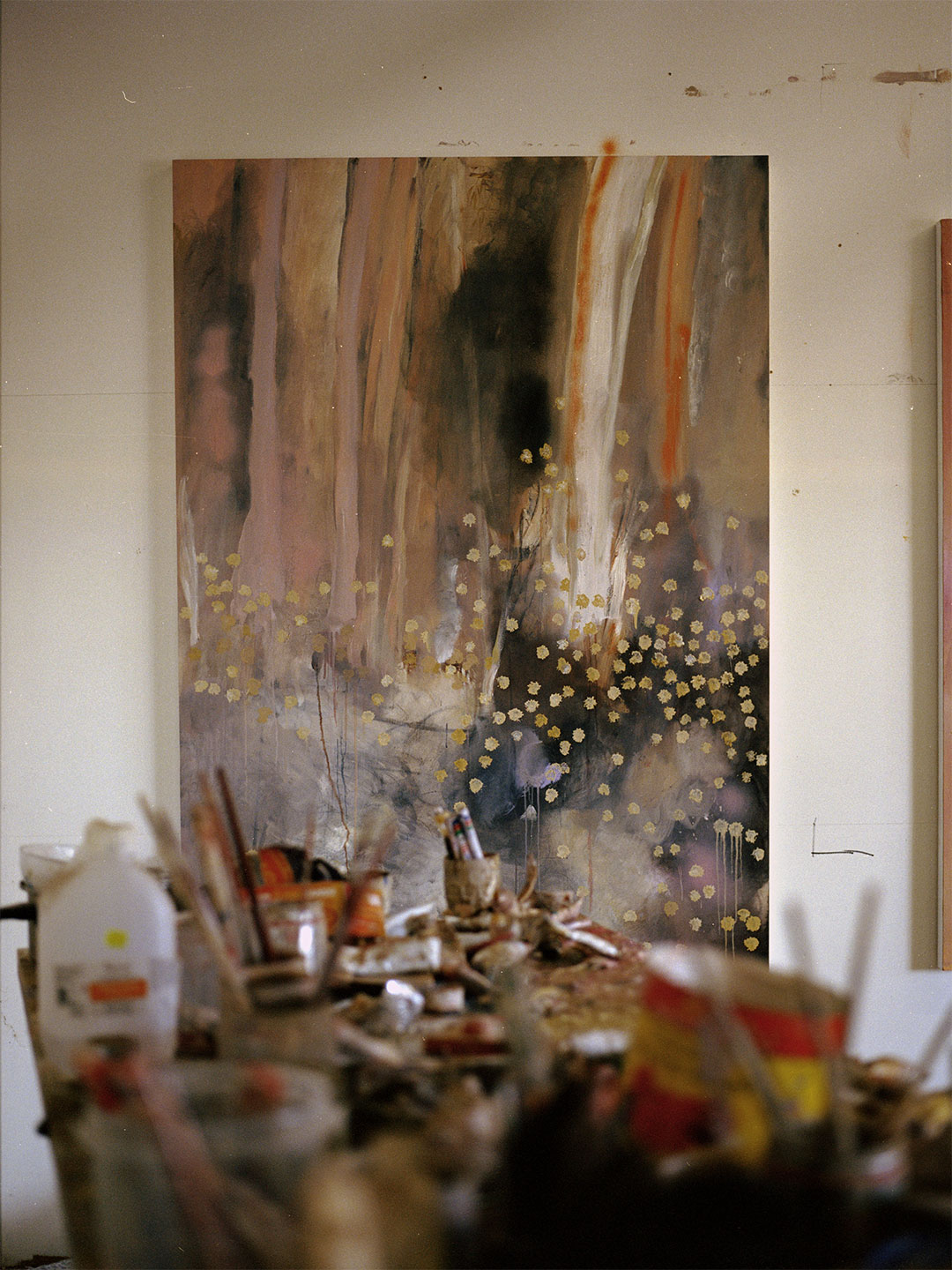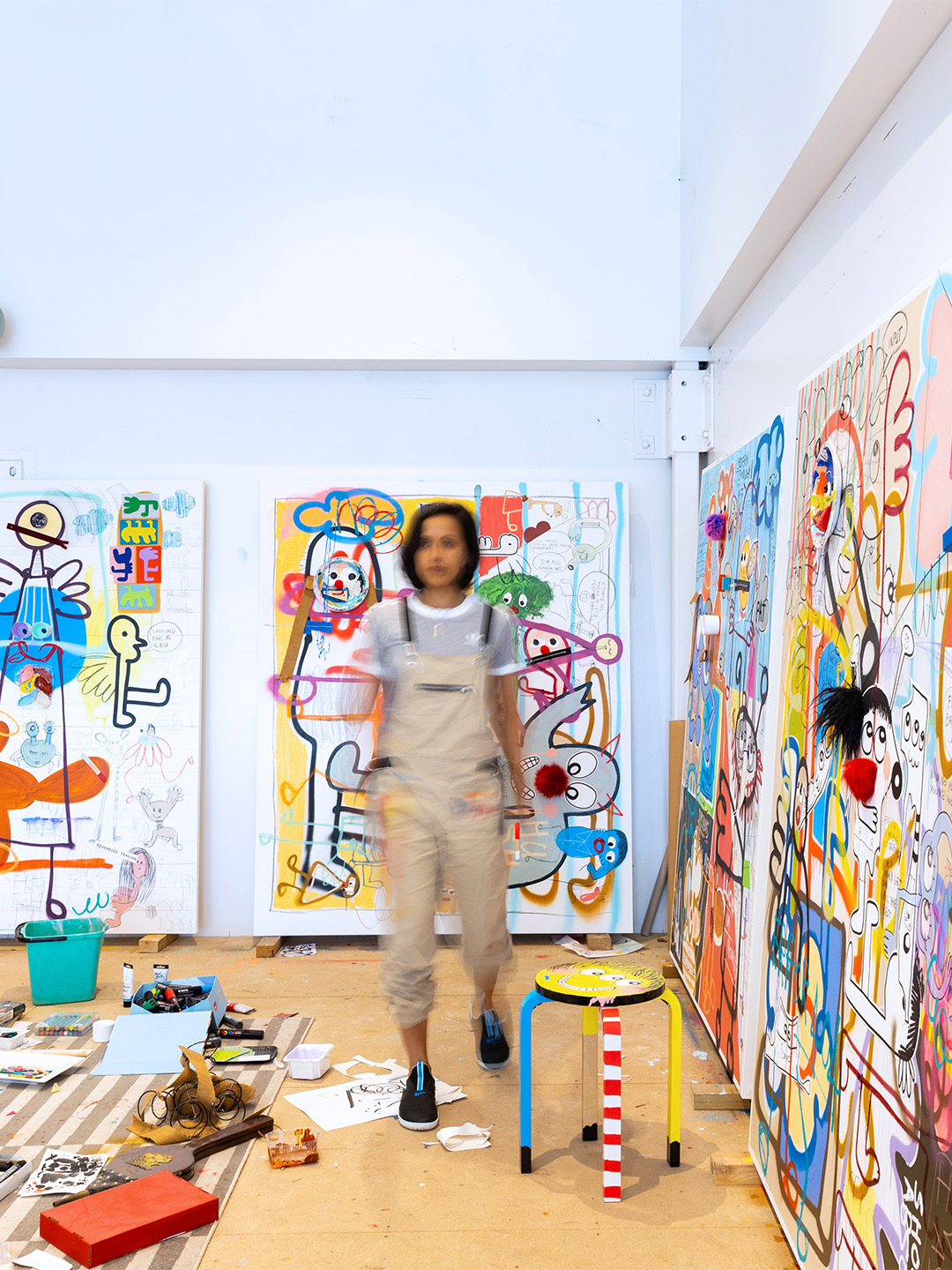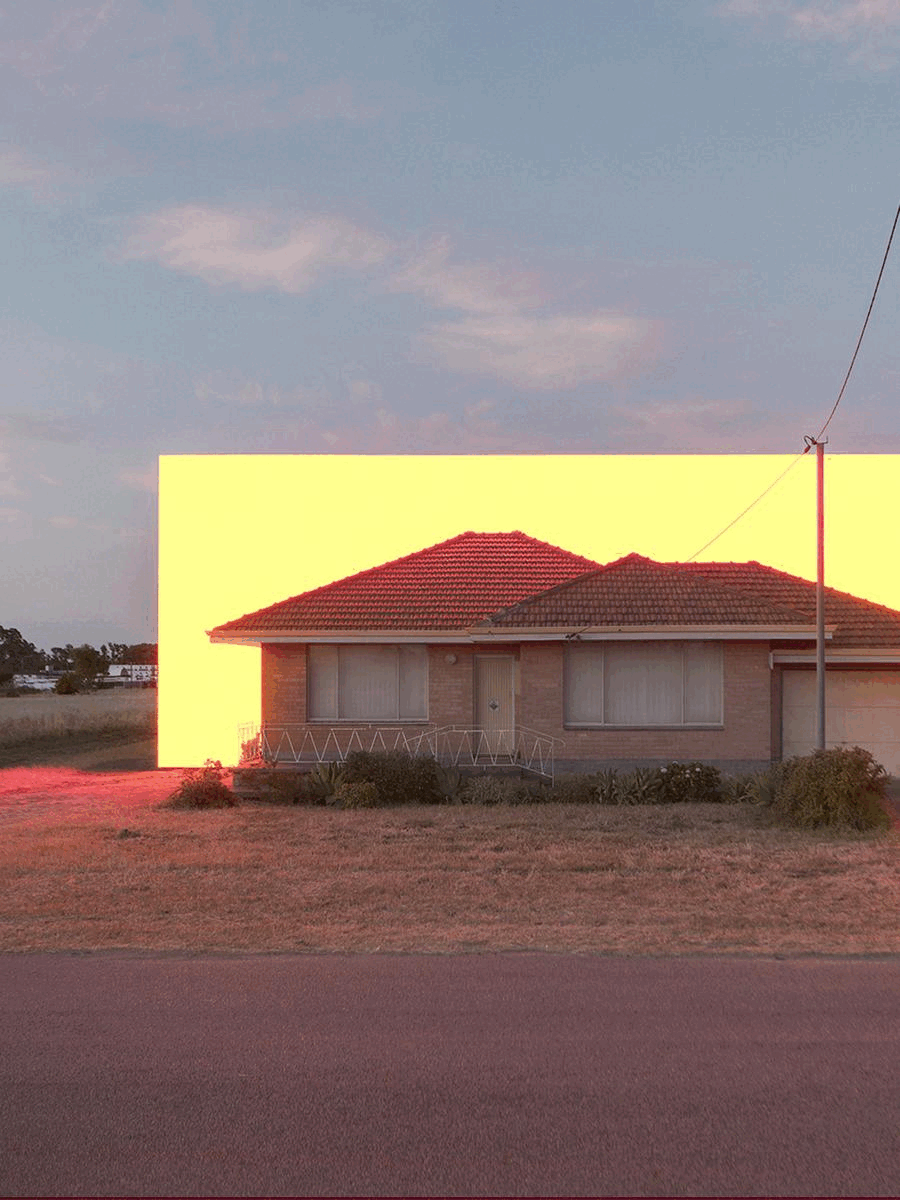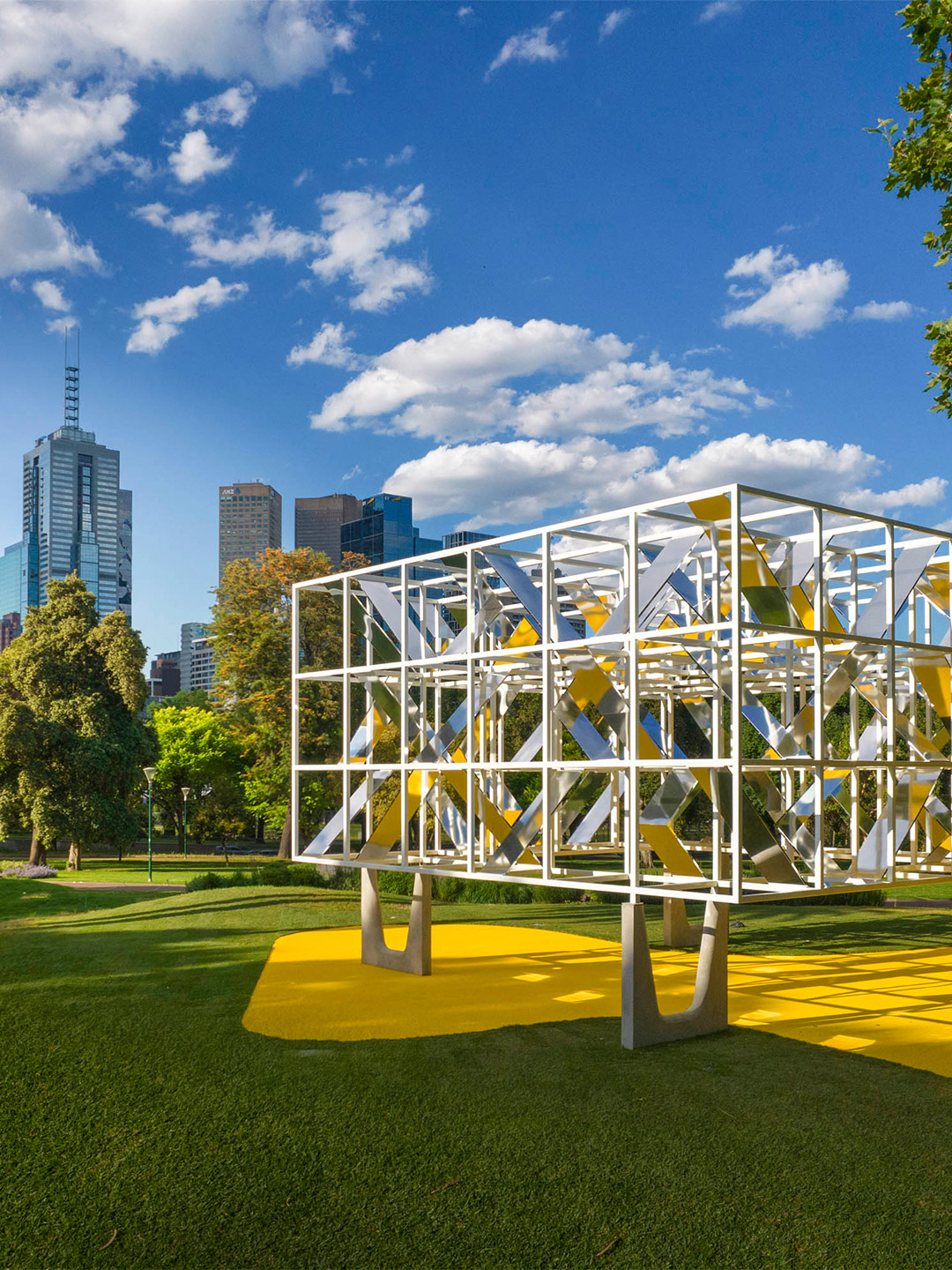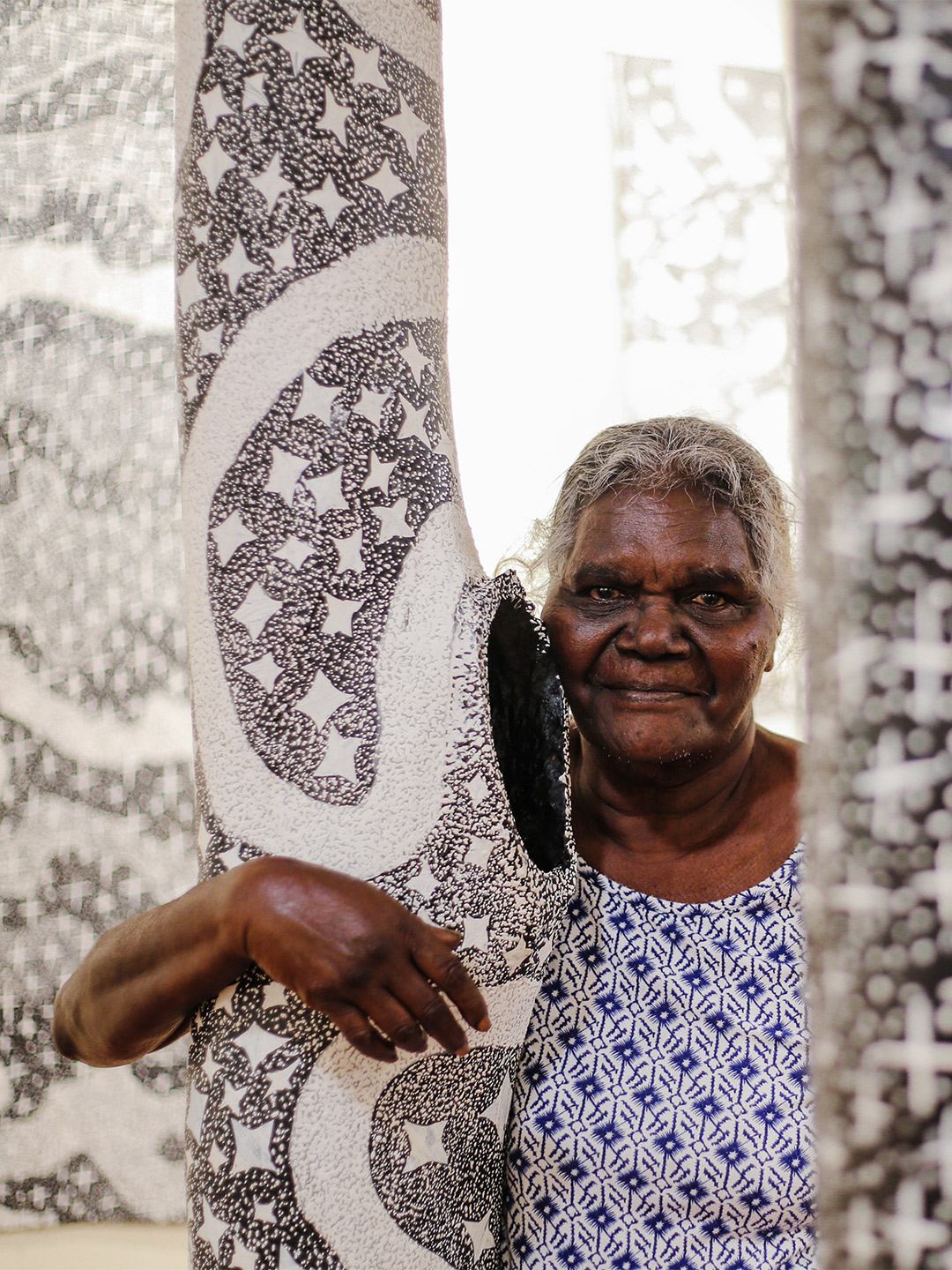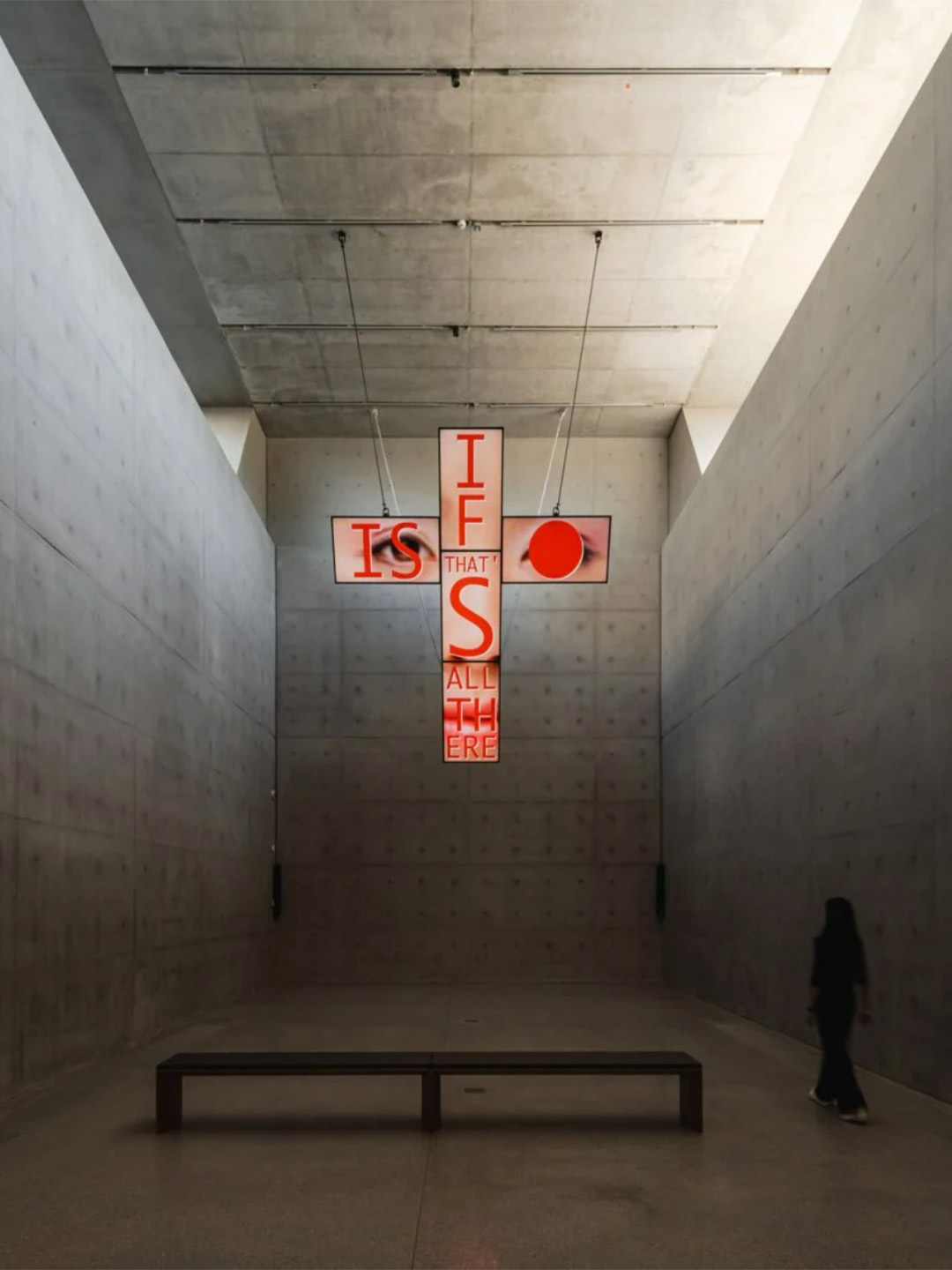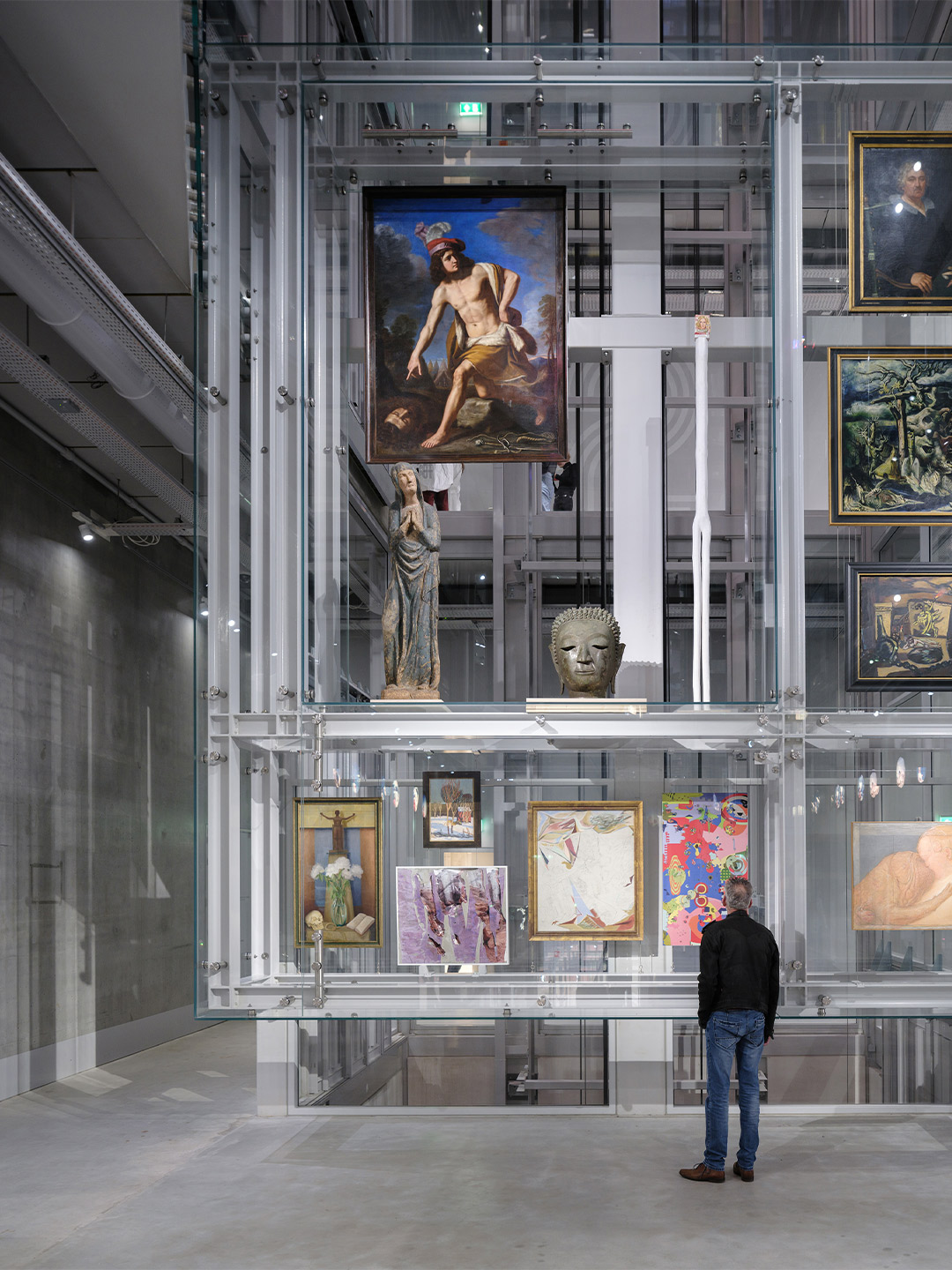The Australian bushscape that surrounds artist Dan Kyle’s Blue Mountains studio is a recurring subject in his paintings. It’s a world that reserves an incredibly special place in his heart. “I’m so in love with it,” he says. “There isn’t a day that goes by where it doesn’t leave me in awe.” The connection between artist and the bush is so strong that, alongside regular hikes in search of inspiration, Dan also harvests paper daisies from his property and puts them to use as painting tools in his art-making practice.
When ferocious bushfires ravaged the region in late 2019 through to early 2020, Dan felt a gut-wrenching sense of loss, sadness and absolute helplessness. Darkness had descended upon his beloved bushland, and blackened earth and smoke-washed hot-glowing skies replaced the famous blue-green haze of the mountain range.
Captivated by the rapidly changing natural environment and the bizarre, almost pretty quality of light created by the choking bushfire smoke, Dan captured his local landscape in its altered state: scenes of haunting beauty where the paper daisy prints add an enchanting glow of hopefulness among ecological tragedy.
Daily Architecture News caught up with artist Dan Kyle following his recent exhibition at Martin Browne Contemporary to discuss his love of the Australian bush, a potential move into sculpture-making and world peace! Read on.

Where do you paint most of your works, in a studio environment or en plein air?
Dan Kyle: I paint on my property in Kurrajong Heights at the foot of the Blue Mountains [in New South Wales]. I have a studio in the middle of the bush – it’s incredible! I’m either in the studio or, if the weather is good, I’m out in the thick of it with my paints.
What is a current or an ongoing source of creative inspiration for you?
DK: The bush! I’m so in love with it. There isn’t a day that goes by where it hasn’t left me in awe. The mornings and the evenings here are so special and I feel so grateful to be able to be living literally inside my subject, experiencing it every day.
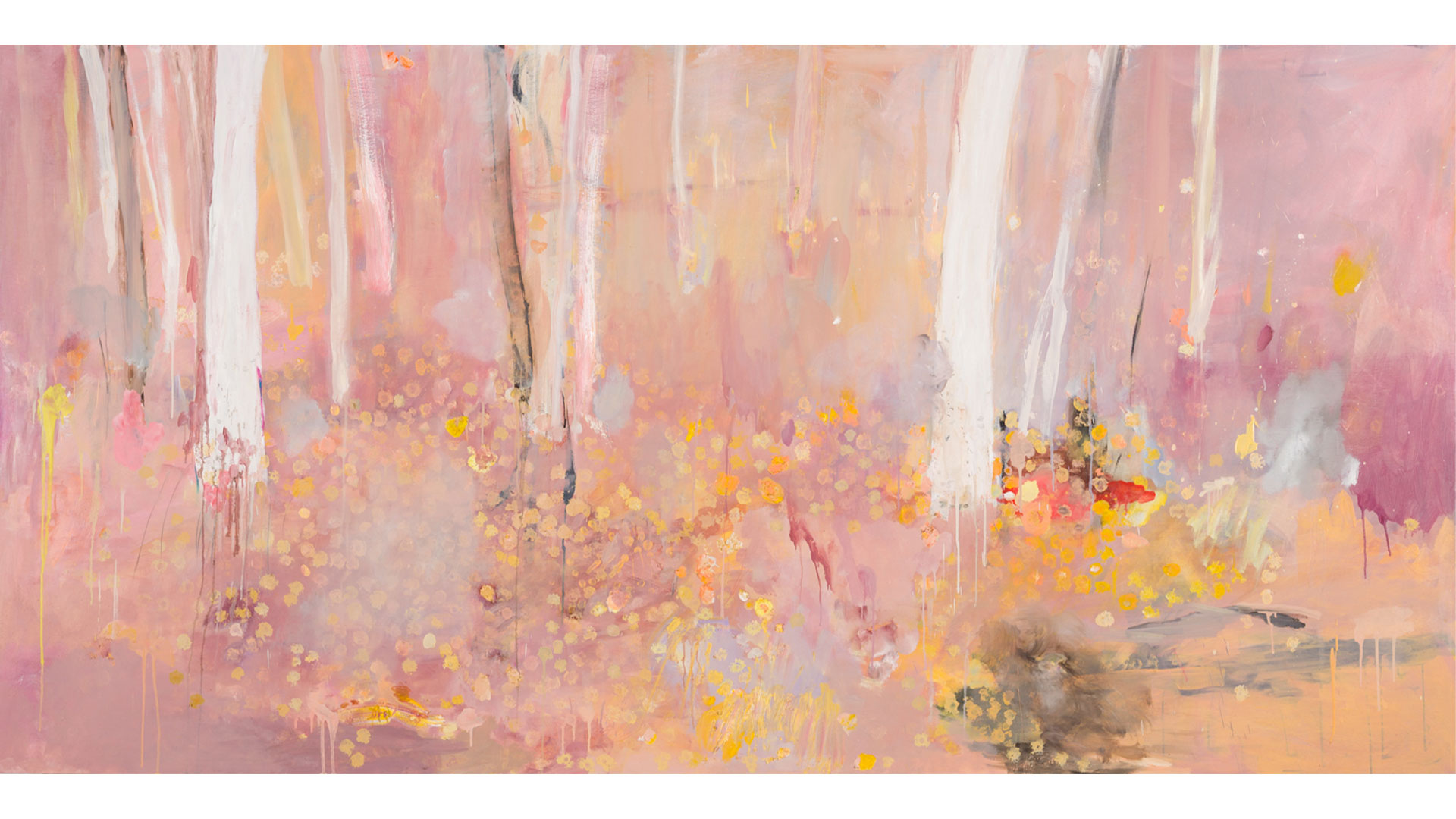
The mornings and the evenings here are so special and I feel so grateful to be able to be living literally inside my subject, experiencing it every day.
Your recent exhibition at Martin Browne Contemporary was released after devastating bushfires in Australia. With Australian bush scenes a recurring theme in your work, how did the impact of the bushfires influence your art making?
DK: It was completely unavoidable as a subject and it had to be painted. For weeks and months leading up to the fire that affected my community in late December [2019], I was fascinated with the beautiful but eerie, almost dirty light that was caused by the smoke haze that covered most of the state at times, so I started painting that.
Then much of my beloved bush was totally obliterated when the fire hit.
A huge part of my practice is hiking, and my friends and I spent day-after-day walking through the burn, looking for life and mourning the loss. It was truly traumatic. I had never felt so sad and helpless for the bush and its future.

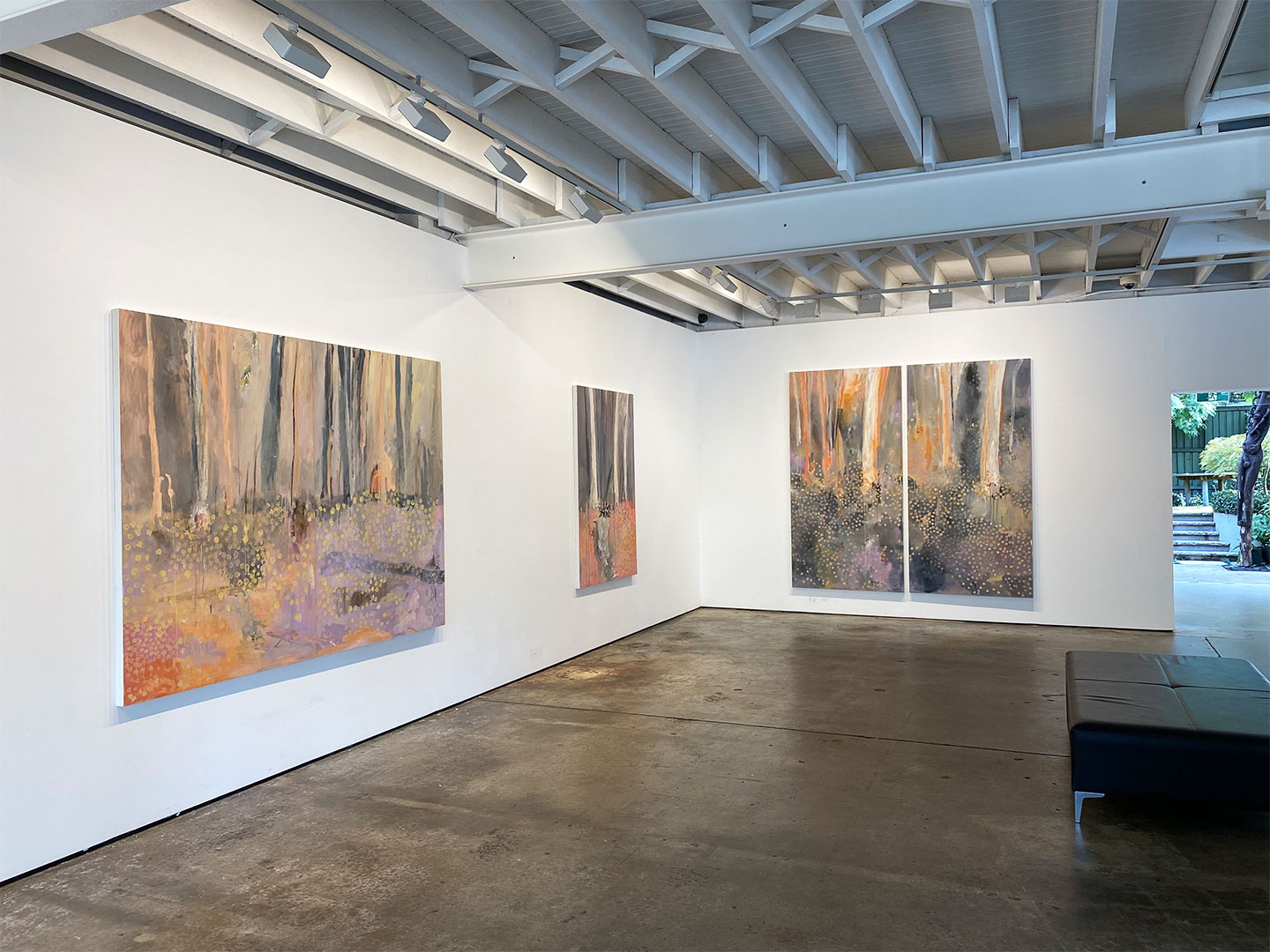
A number of your recent works have seen paper daisies employed as painting tools – what you call ‘printer daisies’. What prompted this idea?
DK: I’ve always been obsessed with the little paper daisies that pop up everywhere here – their structure, their vibrant colour and just their cuteness has always drawn me to them. I had been experimenting with collage and stencilling and I was collecting all different types of flora from the bush, exploring each one with paint to see what I could come up with, and the paper daisy has really stuck. I love the process. From collecting to sorting to painting then printing. Each print that I create with the flowers is so unique.
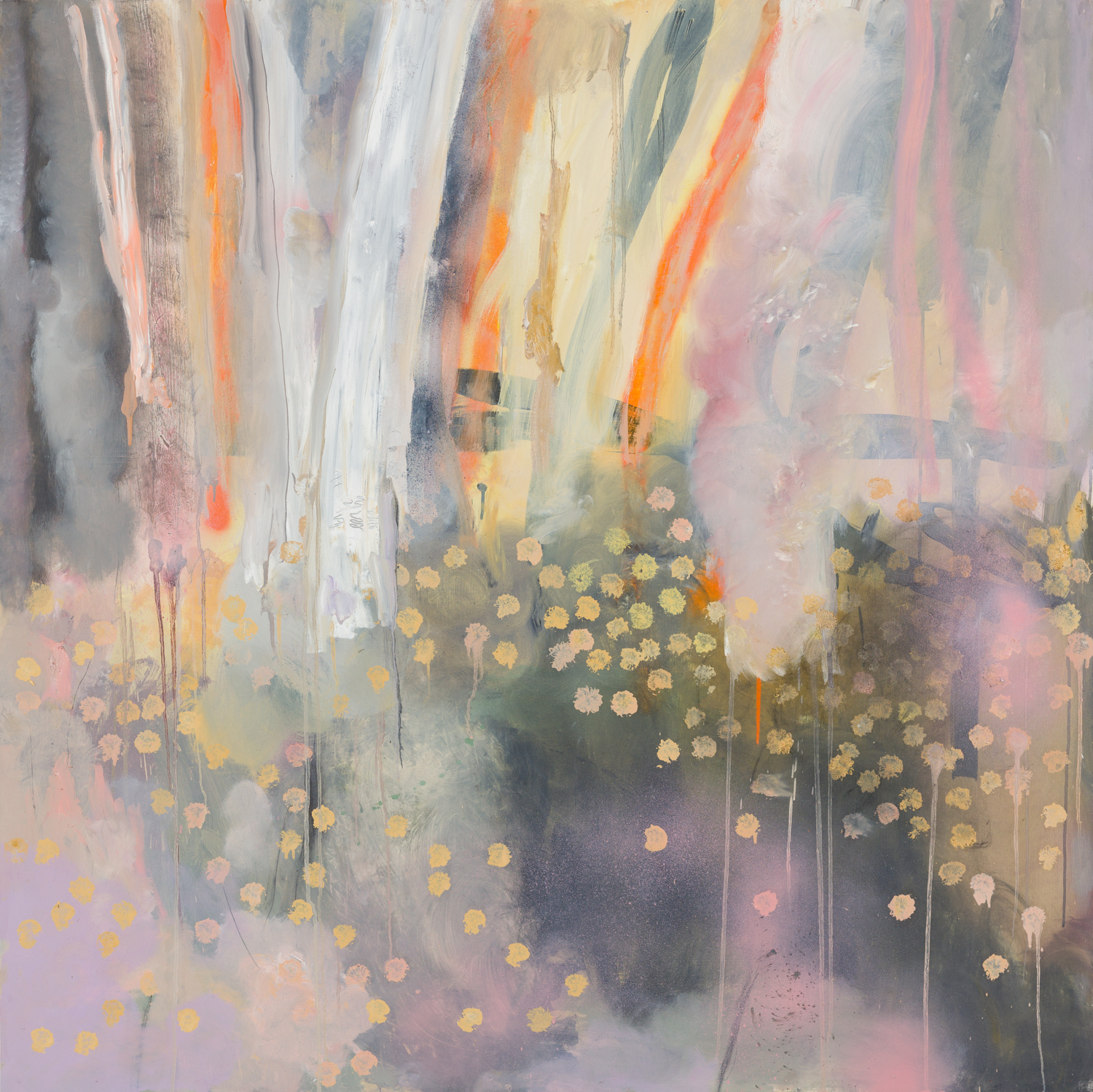

Digital exhibitions are becoming a more frequent way of showing art. Do you think this more accessible method of showing art will stick around post-Covid or have an impact on your future exhibitions?
DK: I’m not sure. I’m a little bit conflicted with that. It’s been a great tool for showing work during the pandemic, but I have always believed that art really needs to be seen in the flesh to really work. Things like texture, detail and even colour can either be missed or translate way differently in the digital world. I’m worried the magic could be lost.
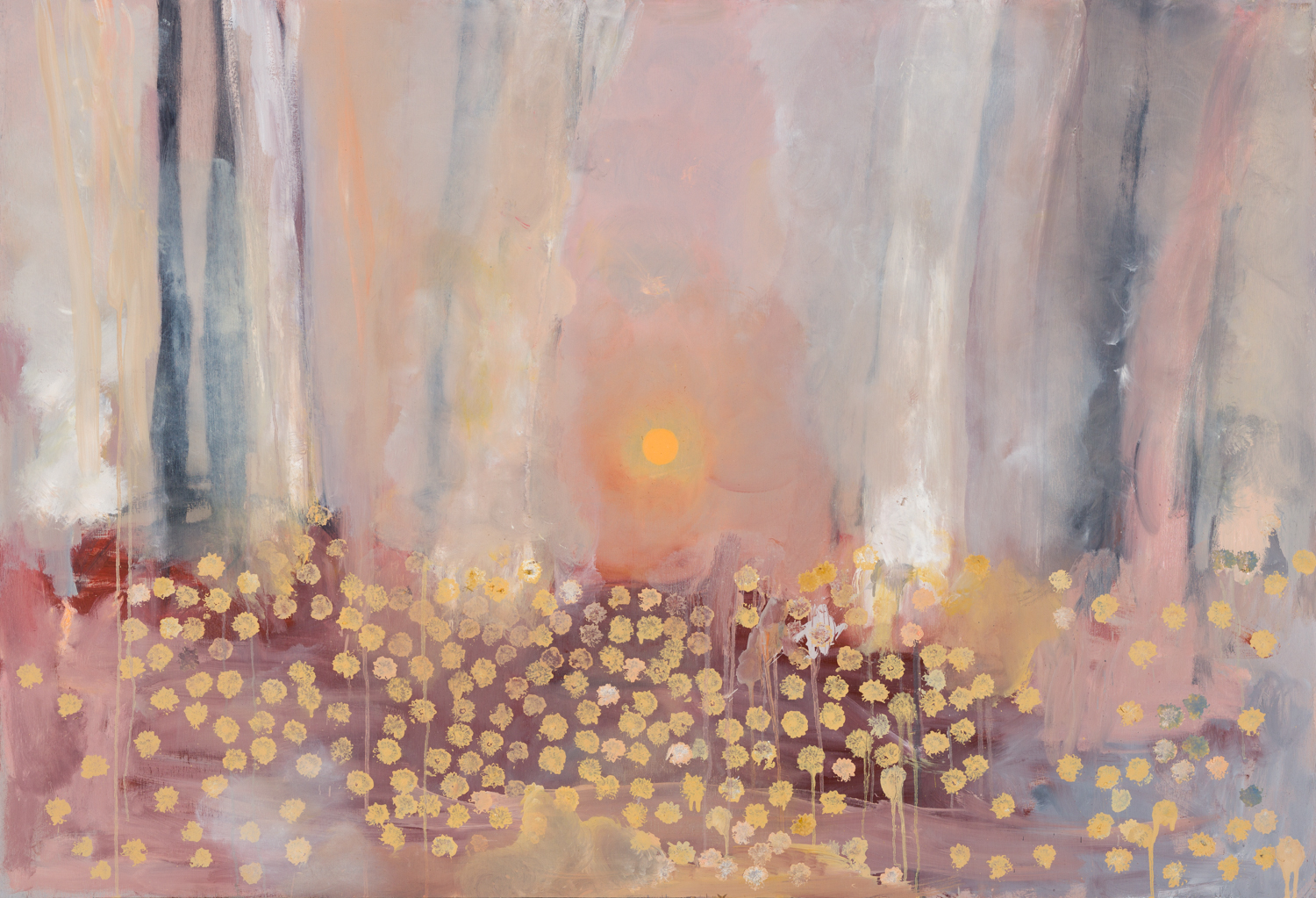
Career highlight so far?
DK: I’m not convinced it’s a ‘career highlight’ but I’ve been fortunate enough to be invited to spend time in the desert with some of Australia’s leading painters – painting, exploring and learning. They were truly formative experiences for me not just as a painter but also as a person.
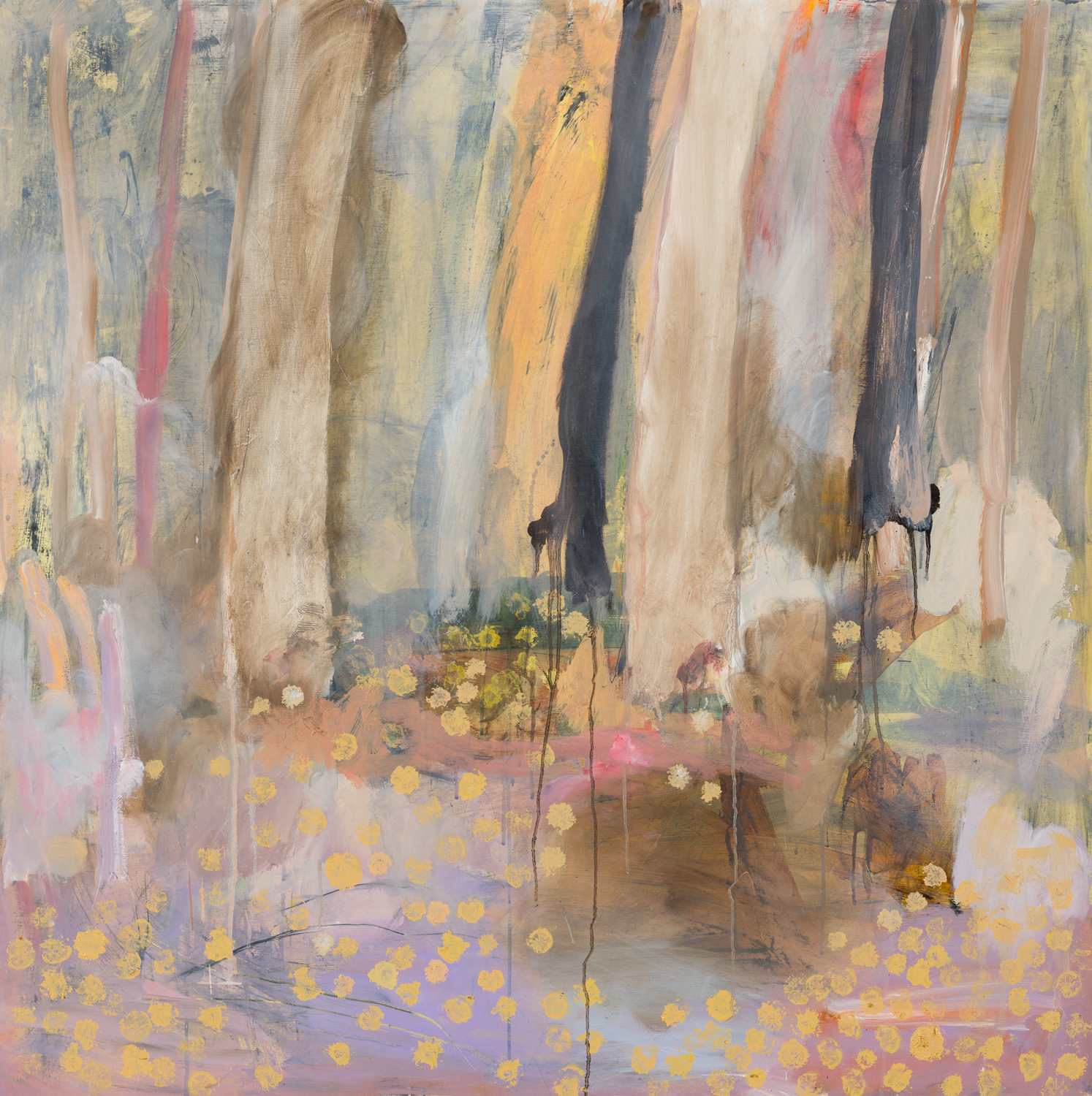
What are the most covetable pieces on your wish-list?
DK: I’ve lusted over Ildiko Kovacs paintings for many years now so that definitely has to hit the list. Her work is so dreamy, so innovative. I wouldn’t mind a printing press … a beautiful old one with a big steel wheel. I would really love one of those! Oh, and is world peace too much to ask for?
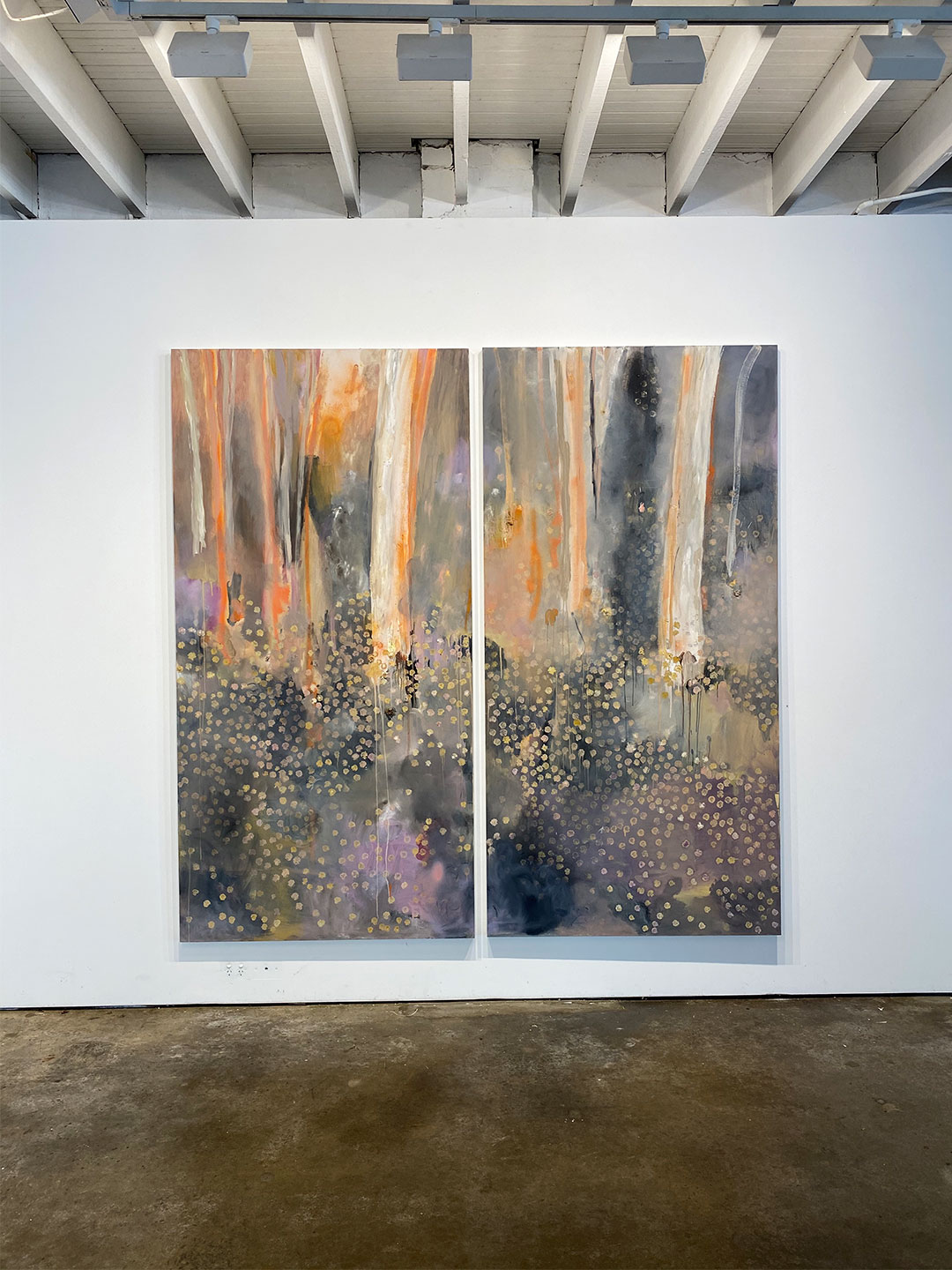
Is there a project that you are most looking forward to in the future?
DK: Sculpture has always interested me and it’s a nice break from painting to focus my attention on the 3D world. I’ve just been throwing around ideas in the studio at the moment but it’s really fun exploring new mediums. I’ve been looking into the bronze casting process and really want to see how the delicate paper daisies might translate.
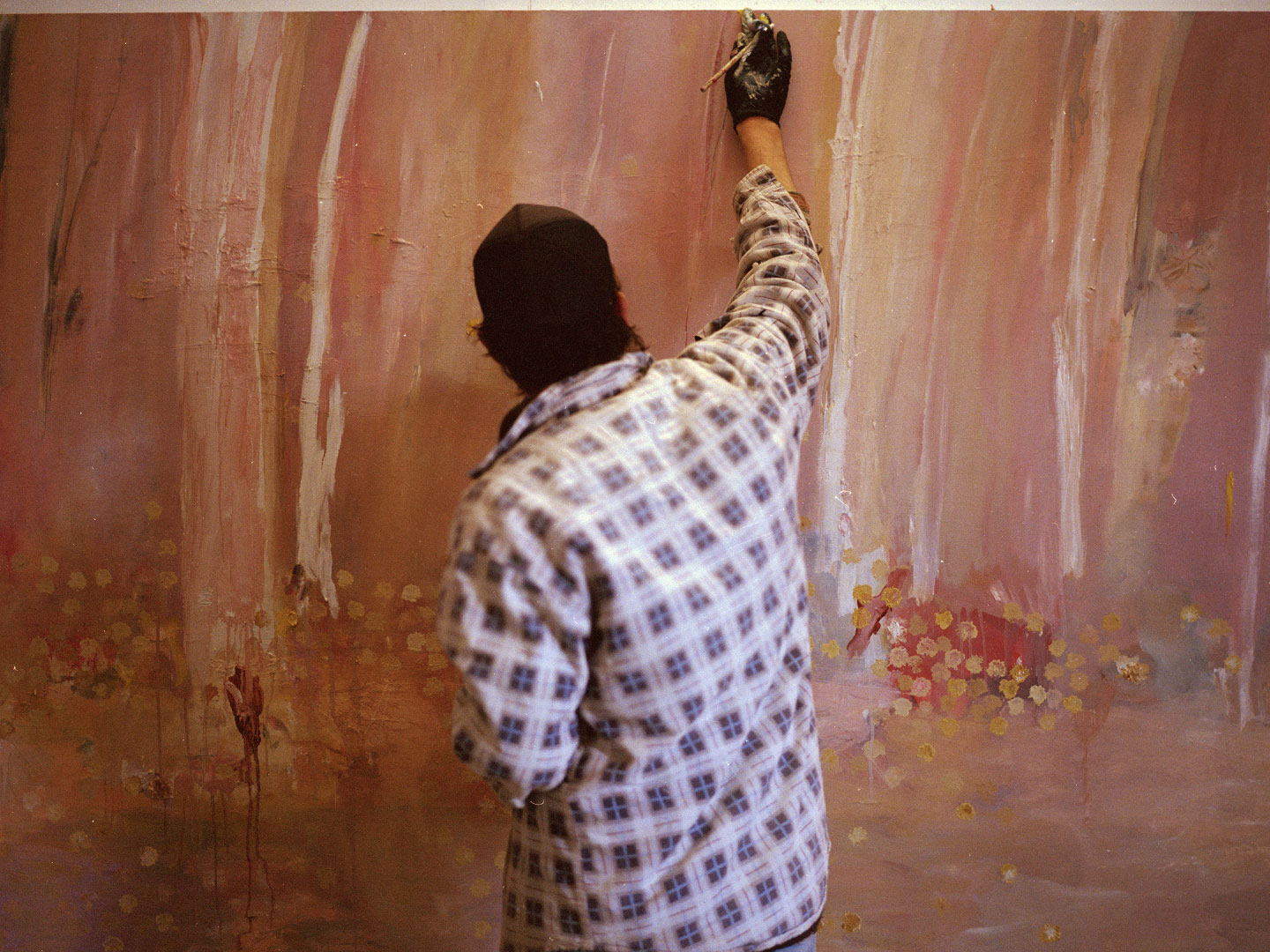
Sky’s the limit: what’s a dream project for you?
DK: Imagine filling the walls of an entire gallery space with the daisy prints, layered and layered, even the ceiling … a cosmic garden wonderland! I’ll need an apprentice!
Finally, art-related or not, can you tell us something we probably don’t know about you?
DK: I actually majored in ceramics not painting during my BFA [Bachelor of Fine Arts] at the National Art School.
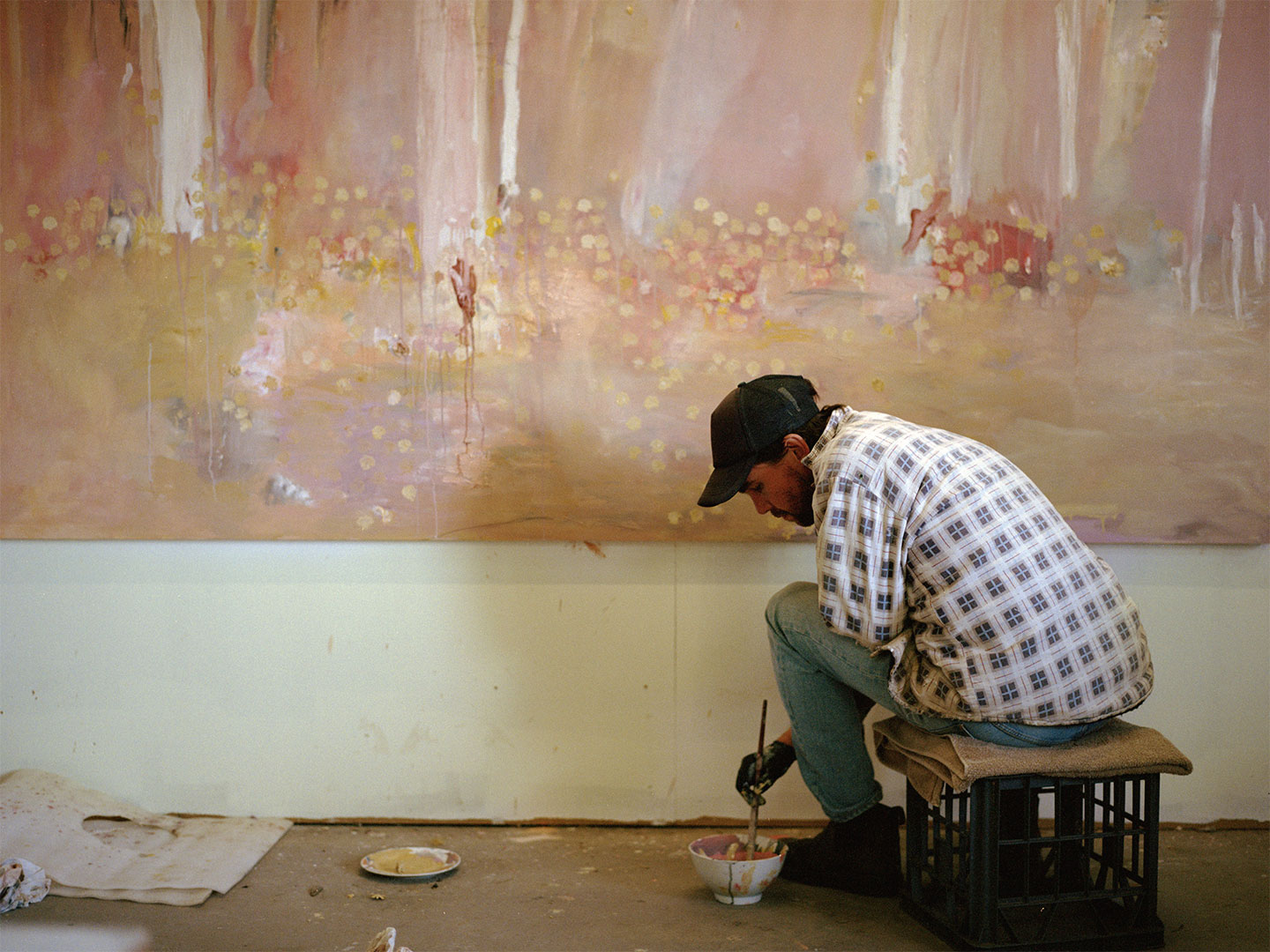
Imagine filling the walls of an entire gallery space with the daisy prints, layered and layered, even the ceiling … a cosmic garden wonderland!
